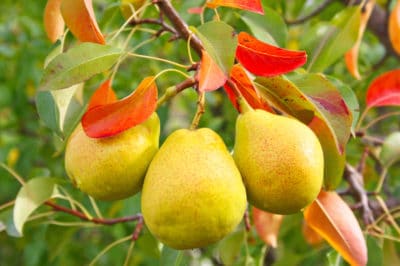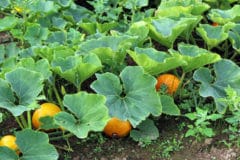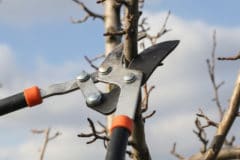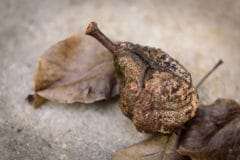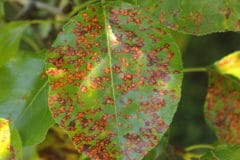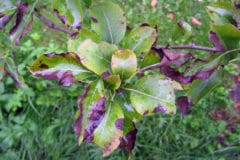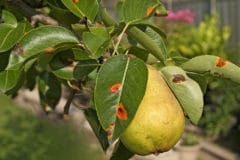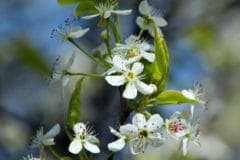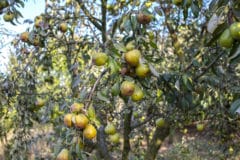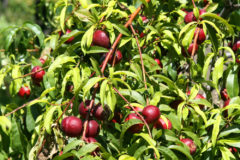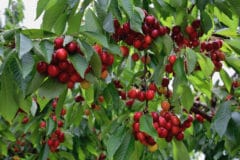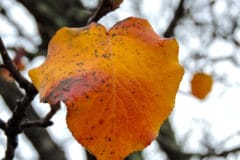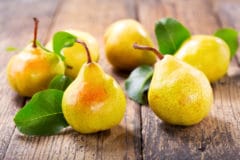Choosing A Variety
When choosing a variety taste is obviously king. Keep in mind that other factors that will contribute to your satisfaction as well. For instance:
- Tree size: Some dwarf varieties may top out at 20 feet but a full-sized pear tree can reach 40 feet.
- Type of Pear: winter pears will store for months while summer pears must be eaten or preserved.
- Disease resistance: resistance gives the gardeners peace of mind.
Planting your tree
Dig your planting hole twice as wide as your rootball and significantly deeper. This will loosen the soil around the roots and allow them to penetrate out rather than becoming rootbound.
Add inoculants and amendments to the planting hole. Mychorrizal bacteria are a great inoculant for pears. The fungus will extend the length of your plant roots and help to bring the tree nutrients. Plenty of compost will feed the tree over time as it gets established.
While your digging, put the root ball of the tree in a bucket of water. This will give it a thorough drink before going through the shock of transplant. Pack the soil down firmly around the tree, and cover the disturbed area with a layer of mulch.
Caring for your tree
Pruning trees while they are young improves the health of the tree as it ages. Typically pears are pruned to a central leader or two depending on the growth habits of your trees.
Ideally, you’ll want to prune out all branches that come off the central leader at less than 45-degree angles. Prune out branches that cross over each other or rub together. Prune to allow maximum sunlight and airflow into the center of the tree.
Water regularly as the tree becomes established. It’s a common mistake for gardeners to underestimate how much water young trees need. Feed the tree twice a year. Early in the spring as the buds swell put a layer of compost down as a mulch. Then later in the summer when the tree begins to set fruit give it a bucket of compost tea.
Harvest
Pears are typically harvested well before they ripen. To get a perfectly ripe pear, you may need to harvest then chill the fruit before ripening on the counter. It depends on the variety so get to know your fruit tree for the highest quality fruit.
